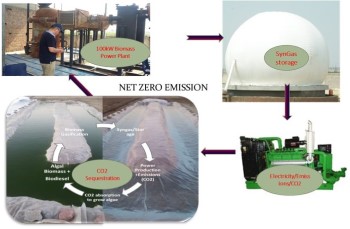Punjab Bio-energy Institute-University of Agriculture Faisalabad is willing to facilitate industrial sector to produce heat/electricity using solid wastes and industrial wastewater.
Industrial sector of Pakistan is producing solid wastes and effluents which need to be treated to meet the disposal standards to avoid pollutions in aquatic/environmental system. The Institute is specialized in offering multiple solutions for the treatment of different wastes produced by different industries. A complete set of the treatment methods can be used to treat the wastes/wastewater cost effectively for recycling or fuel production purposes as most of the wastes can be converted into combustible form to be utilized as energy source at industrial level. PBI is confident and capable enough to utilize whole effluents cost effectively and even productively with minimal lethal contaminant discharge to aquatic systems.
Coal/Biomass/Wastewater Slurry
Waste water can be mixed with coal/biomass to make a homogenous mixture like furnace oil, and it can be burnt to run boilers for electricity generation or for heating purposes. |
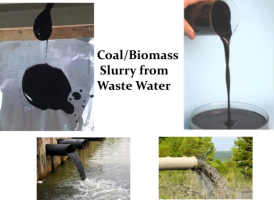
|
Biomass/Wastewater Cake
Wastewater/Biomass Pellets or cake can be produced at industrial sites for power generation or heating purposes |
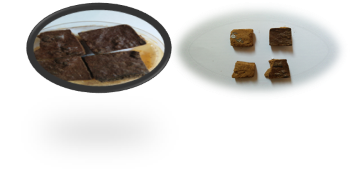
|
Algae cultivation on industrial effluents
Wastewater/industrial effluents with low COD (textile industry) can be treated with algae. Grown algae can be used for oil/biodiesel production and residue for animal feed. This method can effectively reduce polluting factors to meet the disposal limits.
|
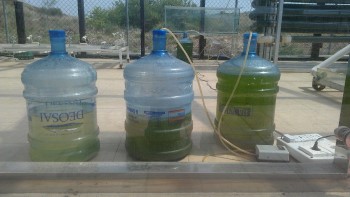
|
Biomass gasification
PBI-UAF has installed 100kW biomass power plant (demo unit) using wood waste and pellets of soft biomass etc.
PBI-UAF can provide consultancy to design, fabricate and operate the biomass based power plant as per industrial requirement
|
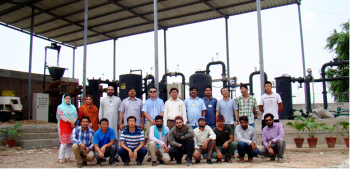
|
Biogas Plant
UAF has expertise in biogas production, using gas for electricity/heating production, and slurry as fertilizers.
PBI-UAF can provide consultancy to design, fabricate and operate the Biogas digesters as per industrial/domestic requirements
|
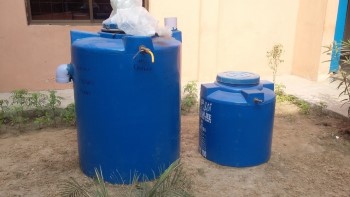
|
| Net zero emission |
|
|





